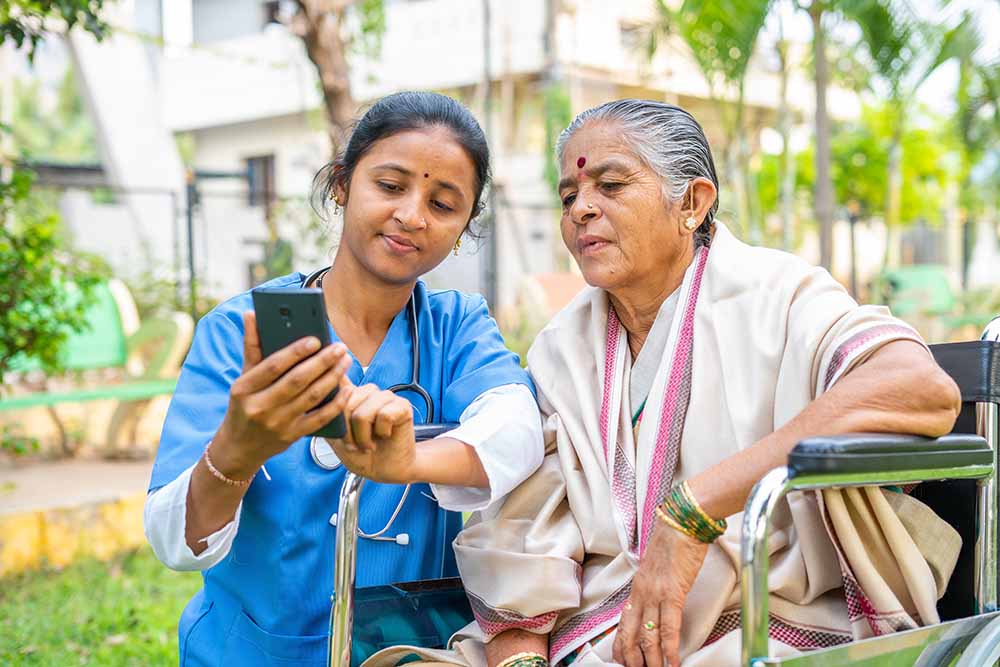In 2023, the overall representation of women across MSCI India companies stood at a modest 16 per cent, with a sharper dip seen at the executive level (8 per cent) and boardrooms (18 per cent) - the latter being influenced more by regulatory mandates than organic inclusion. According to Goldman Sachs’ recent India Womenomics report, this lopsided participation places India far below other developed and emerging economies when it comes to gender diversity at work.

What’s Holding Indian Women Back?
Indian women carry the disproportionate burden of unpaid domestic labour. Citing the Time Use Survey 2024, the report states that Indian women spend an average of 5 hours per day on household and caregiving duties, while men average just 37 minutes. That’s eight times more, often leaving little room for formal employment.
This imbalance has significant macroeconomic consequences. According to the Confederation of Indian Industry (CII), the unpaid domestic and care work done by Indian women is valued at 15–17 per cent of the GDP - a staggering figure that never appears in economic metrics.
If India were to invest just 2 per cent of GDP into a formal care economy, the International Labour Organization estimates 1.1 crore jobs could be created, with 43–74 per cent of them suitable for women. This could not only boost female employment but also enhance India’s economic resilience and productivity.
The Systemic Barriers
While caregiving is the biggest roadblock, other systemic barriers continue to suppress female workforce participation:
· Social norms and early marriages that discourage working outside the home.
· Gendered career paths that limit women to specific sectors or roles.
· Crime against women, which raises serious concerns about safety.
· Inadequate public transport, making commutes unsafe or unviable for many women.
Together, these factors have led to a declining or stagnant Female Labour Force Participation Rate (FLFPR) in India. As per World Bank data, India's FLFPR was around 24 per cent in 2022, far below the global average of 47 per cent and even trailing neighbours like Bangladesh (38 per cent) and Nepal (45 per cent).

Where Are Women Working?
Among sectors, Information Technology (IT) leads the way in employing women in India, owing to flexible work policies and better pay scales. But even within this sector, leadership roles remain elusive for most women.
There is, however, a rising tide of self-employed women, offering a glimmer of hope. The share of self-employed women grew from 24 per cent in 2017–18 to 31 per cent in 2023–24. Goldman Sachs’ survey of 10,000 women entrepreneurship programmes found that improved training and programme design played a key role in this shift.
Yet, access to funding remains a major hurdle for women entrepreneurs. According to a 2022 NITI Aayog report, only 27 per cent of Indian women-owned businesses accessed institutional finance, compared to 57 per cent of male-led ventures.
The Demographic Dividend At Risk
India is on the cusp of a demographic dividend, with a large working-age population and a declining age-dependency ratio. But to unlock its full potential, female labour force participation must rise sharply. Otherwise, India risks missing out on a once-in-a-generation economic opportunity.
The way forward lies in building a care economy, revamping transport infrastructure, enhancing safety, and promoting skill development and entrepreneurship for women.

Signs Of Progress
Despite the challenges, India is making strides:
Improved access to sanitation and electricity has had a direct correlation with rural women stepping into paid work, as per a 2019 Brookings India study.
Digital inclusion is growing: A 2023 GSMA report showed that women's mobile internet usage in India grew by 30 per cent over three years - a gateway to education, work, and entrepreneurship.
Government initiatives like MUDRA loans have seen more than 68 per cent of beneficiaries being women, enabling micro-businesses to flourish.
A Call For Women-Centric Growth
The data is clear: without Indian women in the workforce, inclusive and sustainable economic growth is a distant dream. As Goldman Sachs rightly emphasises, it’s time to recognise, reduce, and redistribute unpaid care work, and pave the way for women to take their rightful place in India’s growth story.
Boosting women’s participation isn’t just a gender equity issue - it’s a national economic imperative.